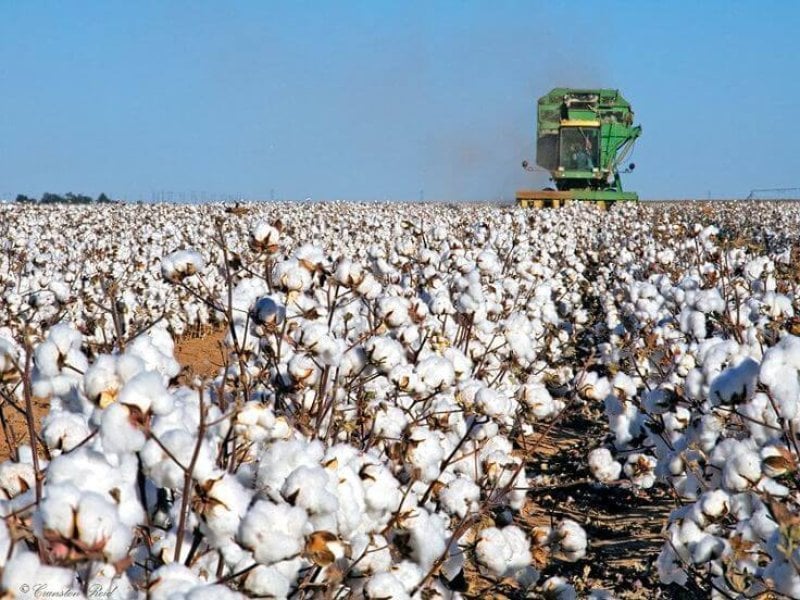Cotton’s environmental footprint is much less noticeable today than was the case in the early 1960s, thanks largely to science and technology.
Ryan Kurtz, director of agricultural research, Cotton Incorporated, says the highly successful Boll Weevil Eradication Program, genetic engineering, innovations in tillage, and changes in farm size and efficiency combined to reduce cotton’s impact on the environment over the past 35 years.
…
[Kurtz] said cotton farming has evolved from “horses to robots and drones. We’ve seen great strides in reduced soil loss, water use, and pesticide use.”
…
“Biotechnology now protects plants from insect damage,” Kurtz said. Herbicide tolerant varieties also allow a more efficient weed management system. “Cotton farmers also reduce energy consumption because of biotech,” he added.
“Genetic engineering has improved varieties in other ways. We have more water efficient varieties,” which improves on a plant already known for drought tolerance.
…
[T]he success of the Boll Weevil Eradication Program and the introduction of Bt cotton revolutionized insect control in cotton. “At one time, cotton farmers in some areas were spraying as many as 15 times in a season. The average was seven. Following boll weevil eradication, the average dropped to five, and after Bt cotton was introduced the average dipped to two.”
The GLP aggregated and excerpted this blog/article to reflect the diversity of news, opinion, and analysis. Read full, original post: Cotton’s effect on the environment continues to diminish































